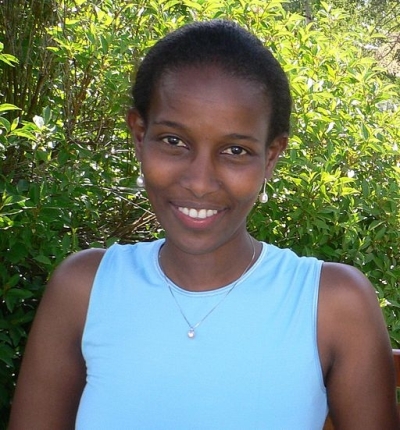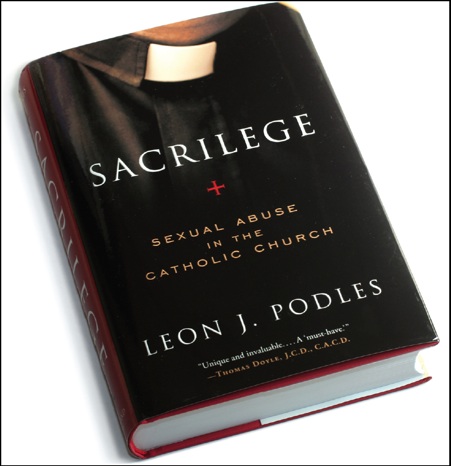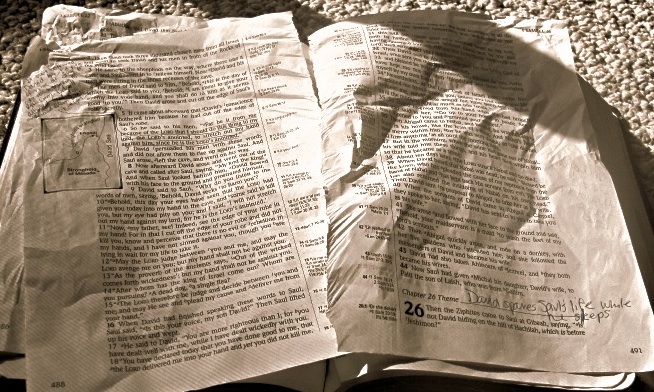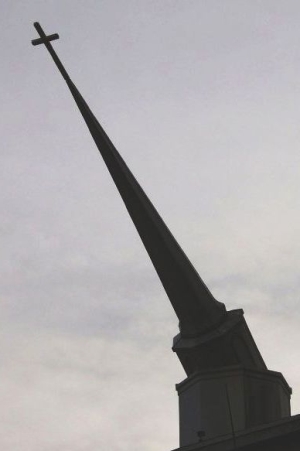Like many towns, prayer opens government meetings in Greece, N.Y. Unlike many towns, a couple of citizens voiced their offense to the practice — all the way to the U.S. Supreme Court.
As we heard yesterday, the high court sided with the town. And of course, the other side is crying foul.
Even including CNN, which was supposed to be doing straight reporting.
Here’s how CNN’s Belief Blog item by Daniel Burke led off the report on the high court’s decision yesterday. And keep in mind that it’s not marked as opinion or analysis or commentary:
If you don’t like it, leave the room.
That’s the essence of Supreme Court Justice Anthony Kennedy’s advice for atheists and others who object to sectarian prayers before government meetings.
In a 5-4 decision written by Kennedy, the Supreme Court allowed Greece, New York, to continue hosting prayers before its monthly town board meetings – even though an atheist and a Jewish citizen complained that the benedictions are almost always explicitly Christian.
Why did the Supreme Court rule as it did? We don’t find out until the ninth paragraph. Before then, we need to be softened up on the right way to view it.
“Many members of the country’s majority faith — that is, Christians — hailed the ruling,” Burke continues. He then lists some of the supporting organizations and quotes their leaders on what they see as the benefits of the ruling.
Just kidding, just kidding; he doesn’t do that at all. After that token paragraph acknowledging another side, he moves to his real interest: who objected and why.
Many members of minority faiths, as well as atheists, responded with palpable anger, saying the Supreme Court has set them apart as second-class citizens.
Groups from the Religious Action Center of Reform Judaism to the Hindu American Foundation decried Monday’s decision.
“The court’s decision to bless ‘majority-rules’ prayer is out of step with the changing face of America, which is more secular and less dogmatic,” said Rob Boston, a spokesman for Americans United for Separation of Church and State, which litigated the case.
Finally, the story adds five paragraphs on Kennedy’s majority opinion, which leans heavily on historic precedent going back to the First Continental Congress. The story also cites a poll that found less than 23 percent of Americans object to prayers at public government meetings. (This, of course, counters Rob Boston’s argument that such prayers don’t match the American mood, but he apparently wasn’t asked to account for the contradiction.)
Burke then asks about people “who like their local government meetings to be religion-free?” Interesting choice of word, that: The absence of religion spells freedom. He then gives 11 paragraphs to the dissenting opinion of Justice Elena Kagan, whom he points out is Jewish.
She spins a hypothetical case of a Muslim at a town meeting where a minister invites everyone to pray in the name of Jesus. In her view, avidly reported by Burke, the Muslim must either comply and violate his beliefs, or object and risk giving offense.
But the article doesn’t report that the majority Supreme Court opinion, too, dealt with the question of coercive effects:














